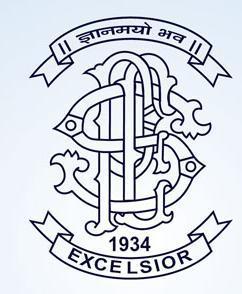ABSTRACT
“IF YOU SAY THERE IS NO SUCH THING AS MORALITY IN ABUSOLUTE TERMS,
THEN CHILD ABUSE IS NOT EVIL, IT JUST MAY NOT HAPPPEN TO BE YOUR THING”
-Rebecca Manley Pippert
The laws in India are in flux. In several respects we find that provisions of law are not capable
of preventing certain forms of crimes against children. Child abuse or exploitation of children takes
place all over the world; those from developing countries such as India are more vulnerable because
of poverty, illiteracy, lack of support groups, low status of girls, lack of implementation of laws and
lack of awareness about the rights of child, in both communities and children themselves. Societal
norms many a times prevent discussion or dialogue on issues especially related to sex which also go
unreported or ignored.
Child abuse takes place in all caste, communities and across all strata of society irrespective of
economic, social or educational background of the children’s family; both male and female children
are abused. However across the board, the girls are abused more frequently than boys. There is broad
range of potential or actual abusers including parents, relatives, domestic help, older siblings, friends
of family, neighbours, teachers, traffickers etc…
In these circumstances it may be difficult to formulate a full proof theory of law for children,
still; it should be possible for us to identify certain general features which have application for their
treatment and rehabilitation as per their psychological and emotional needs of child, throughout the
body of child related laws. Identification of the factors which contribute to the proper functioning of
the justice system related to children needs to be done. This can be done by way of analysis of case
laws in light of constitutional, statutory and international provisions in context of new development
in society.
The aim of the study is to develop a comprehensive understanding the phenomenon of child
abuse, its consequences, with a view to facilitate the formulation of appropriate policies and programs
meant to effectively curb and control the problems of child abuse in India.
Introduction:
The child (who is abused), at their tender age, are unable to find words to voice their experience.
Child can be abused at various levels. Child abuse has become ubiquitous in every part of world and
India is no exception to the same. To add-up one of the major difficulties in study child abuse is to get
responses from children on such a sensitive subject because of their inability to fully understand the
different dimensions of child abuse and talk about their experiences. A survey conducted had found
and estimated that 40 million children between 0- 14years of age suffer from abuse or neglect and are
in serious needof health and social care2. Child abuse or neglect has been defined as “Act, by parents
or care taker or any stranger on a child resulting in death, serious physical or emotional harm,
sexual abuse or exploitation, or that present an imminent risk of serious nature”.
RELATED ARTICLES
ABOUT US
Published by :
Progressive Education Society’s
Modern Law College
Freedom of Speech & Expression
Indexed Peer Reviewed Half Yearly Law Journal.
All rights reserved with Modern Law College.
Contact us: [email protected]
FOLLOW US
© Newspaper WordPress Theme by TagDiv



